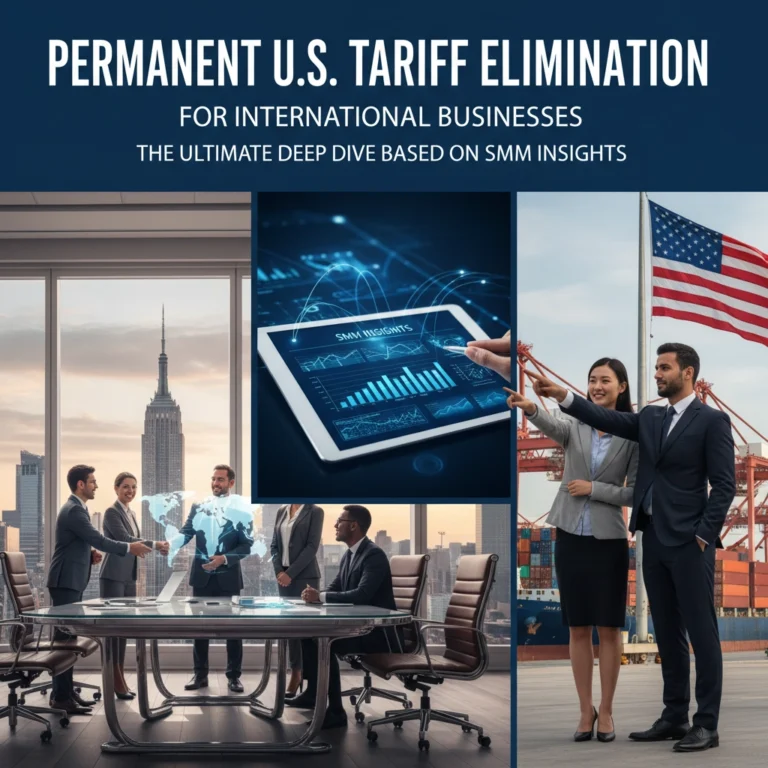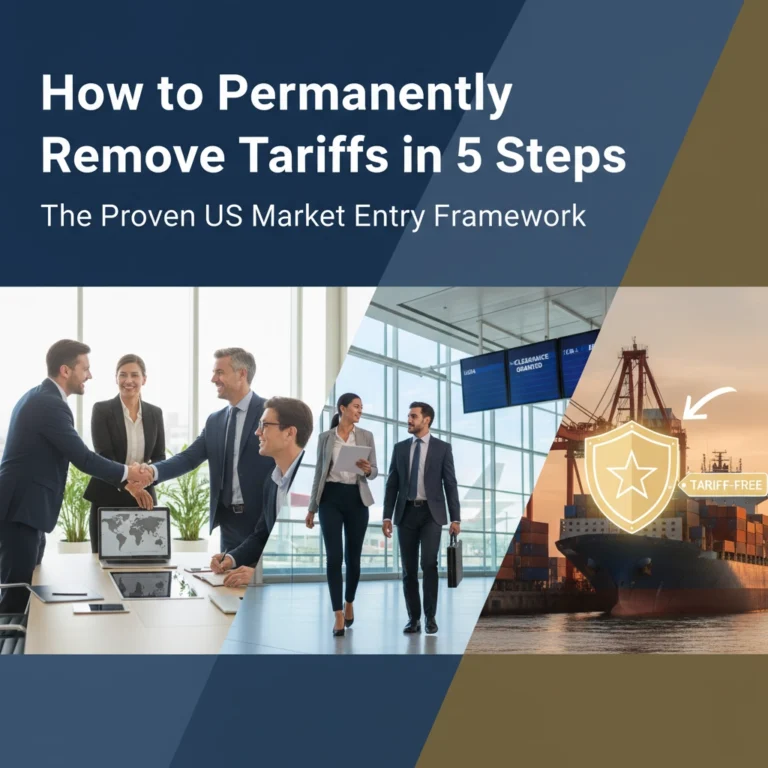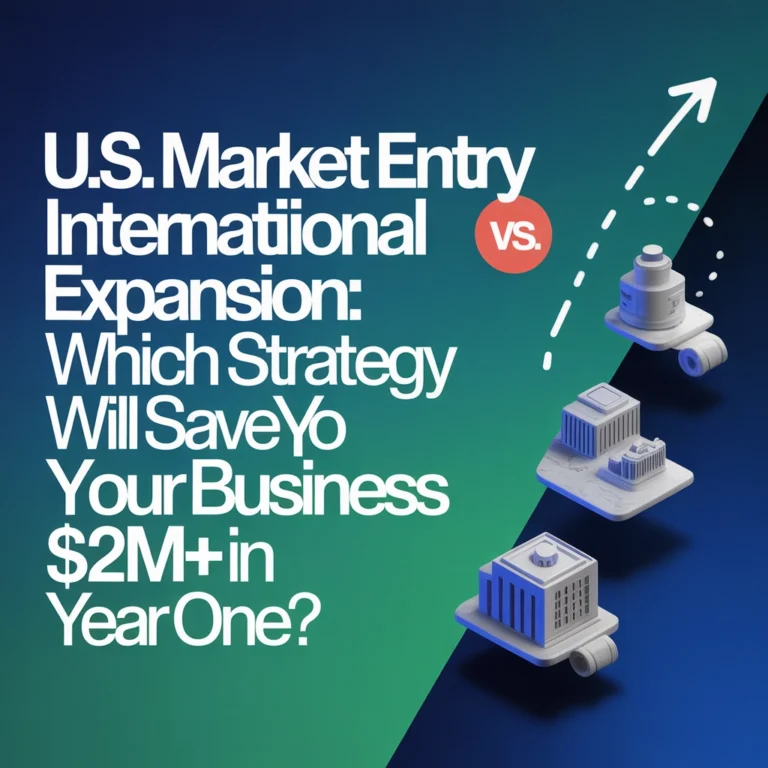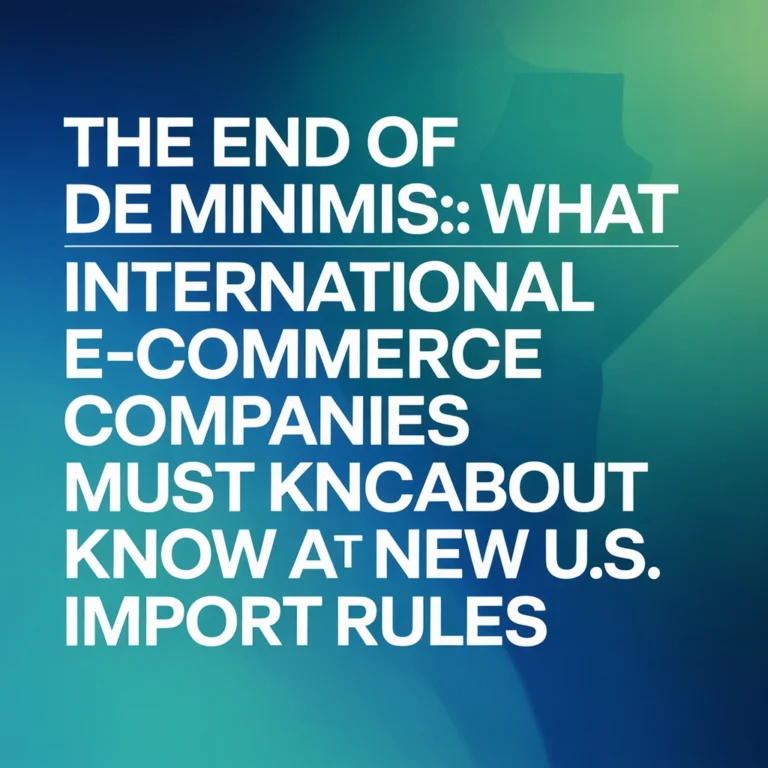The Ultimate Guide to U.S. Market Entry: Everything International Businesses Need to Succeed in 2025
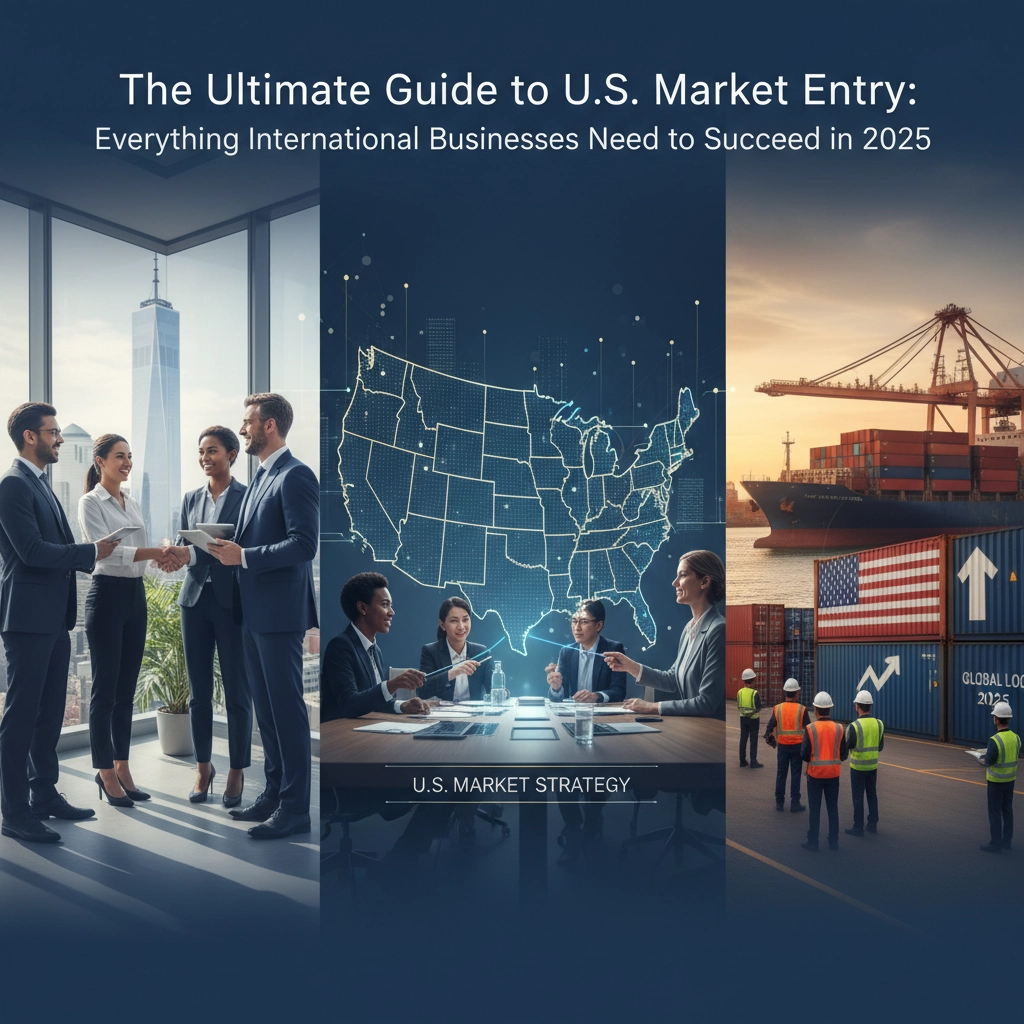
The U.S. market in 2025 presents an unprecedented golden opportunity for international businesses ready to make their move. With the world's largest economy experiencing unique conditions that heavily favor foreign investment, there's never been a better time to execute a strategic market entry plan.
Here's what makes right now so special: American small and mid-sized enterprises are absolutely crushing it, with 68% meeting or beating performance expectations despite global economic uncertainty. Even better? 85% of mid-market firms expect steady or improved performance through year-end. This growth-minded landscape creates massive gaps that smart international companies can exploit.
Why 2025 is Your Golden Window
The AI Revolution is Creating Demand
American businesses are investing heavily in innovation, with 53% now using AI-powered solutions. This tech adoption boom means U.S. companies are hungry for innovative, cost-effective solutions from abroad. They have the budget, the growth mindset, but often lack the specialized expertise that international companies can provide.
Government Support Has Never Been Stronger
SelectUSA just hit record participation with over 5,500 attendees at the 2025 Investment Summit: that's a 40% increase showing unprecedented government commitment to attracting foreign investment. The Small Business Administration has completely revolutionized their support through the Made in America Manufacturing Initiative, delivering $100 billion in regulatory cuts while streamlining access to financing.

The numbers speak for themselves: SBA processes now enable incorporation and operational setup 45% faster than pre-2025 timelines. What used to take months now happens in weeks. Federal policy is perfectly aligned with rebuilding U.S. manufacturing, strengthening supply chains, and promoting export growth: creating strategic advantages for foreign companies bringing expertise, capital, and innovation.
Four Proven Market Entry Strategies
1. Direct Subsidiary Formation
This is the gold standard for companies selling directly to U.S. customers. You get complete control over product delivery, pricing strategies, and customer relationships while maintaining clear legal separation and liability protection.
The SBA's 7(a) loan program serves as the primary business loan program for small-medium manufacturers, offering up to $5 million with government guarantees. When establishing a U.S. subsidiary, you'll need to understand state-by-state requirements and optimize your tax and legal structures for maximum efficiency.
2. Strategic Acquisitions
Sometimes buying your way in makes perfect sense. Acquiring an existing U.S. business gives you instant market presence, established customer relationships, and operational infrastructure. This approach works especially well if you're looking to scale quickly or need specialized local expertise.
3. Strategic Partnerships and Joint Ventures
Collaborating with local businesses can supercharge your market penetration while reducing initial investment risks. This approach lets you leverage existing distribution networks, customer relationships, and market knowledge while sharing operational burdens with partners who know the landscape.

4. Licensing and Franchising
For companies with strong intellectual property or proven business models, licensing to U.S. partners or establishing franchise operations can generate revenue with minimal direct investment. This works particularly well for service businesses or companies with proprietary technology.
Your Essential Planning Framework
Investment Planning Phase
Successful market entry starts with comprehensive strategic planning that includes input from leadership across your entire organization. Your planning process should encompass business and expansion strategic planning, advisor selection, tariff analysis, tax analysis, and detailed implementation plan development.
Critical Tax and Entity Decisions
You'll need to determine your entity type and structure, select the optimal jurisdiction for your state location, obtain Federal Employer Identification Numbers and state tax IDs, and register with the Secretary of State. Don't forget both federal and international tax planning while addressing state and local tax obligations and calculating employment tax requirements.
Human Resources and Compliance
International businesses must review social security and employee benefits requirements, assess Affordable Care Act obligations, and secure appropriate visas for non-U.S. employees. This phase requires careful attention to regulatory compliance across federal, state, and local levels.

The Four Pillars of Market Entry Success
Pillar 1: Early Compliance and Smart Structuring
Winning companies treat tax and legal setup as strategic foundations, not administrative formalities. They incorporate efficiently, structure operations to minimize risk, and protect intellectual property before problems arise. This proactive approach prevents costly complications and establishes credible market presence from day one.
Pillar 2: Regional Prioritization Strategy
Here's where most companies mess up: they try to "conquer America" all at once. Successful entrants choose target regions based on industry dynamics, talent needs, customer concentration, and supply chain factors. This focused approach builds momentum before expanding further while preserving capital and reducing operational strain.
Pillar 3: Phased Scaling Approach
Rather than over-investing upfront, successful companies validate markets through an initial footprint: whether subsidiary, pilot facility, or partnership: then scale based on real traction. This methodology preserves capital while reducing operational strain during critical early phases.
Pillar 4: Local Execution and Relationship Building
On-the-ground knowledge creates competitive advantage. Successful entrants invest in local advisors, build relationships with state and local authorities, and adapt operations to U.S. business norms. This local integration often determines the difference between market success and failure.
State-Level Opportunities You Can't Ignore
States are competing like crazy to attract foreign investment. Economic development organizations across all 50 states are providing customized incentive packages that can significantly reduce your entry costs and accelerate market penetration.

These incentives include tax credits, grants, workforce training programs, and operational support that can substantially improve your investment returns. Some states offer packages worth millions for the right strategic fit.
Your Market Research and Competitive Analysis Blueprint
Comprehensive market research must encompass target audience analysis, market trends identification, and competitive landscape mapping. This foundation enables informed decision-making across all your strategic elements.
You'll need to identify the most effective distribution channels while developing competitive yet profitable pricing models. These decisions significantly impact your market penetration speed and long-term profitability.
Brand Positioning and Marketing Strategy
Establishing a unique value proposition differentiates you from established competitors while crafting tailored campaigns that resonate with American consumers. Cultural adaptation and localization often prove crucial for marketing effectiveness.
Making Your Move in 2025
The confluence of favorable government policies, streamlined regulatory processes, and competitive state incentives creates a rare strategic window. Companies that act quickly and strategically with clear execution plans will be rewarded with sustained growth in the world's largest economy.

The American market is ready for what you have to offer. The question isn't whether you should enter the U.S. market: it's how quickly you can execute a winning strategy while conditions remain this favorable.
Ready to turn this opportunity into reality? The time to act is now, while 2025's unique advantages are still in play. Your American success story starts with taking that first strategic step.


